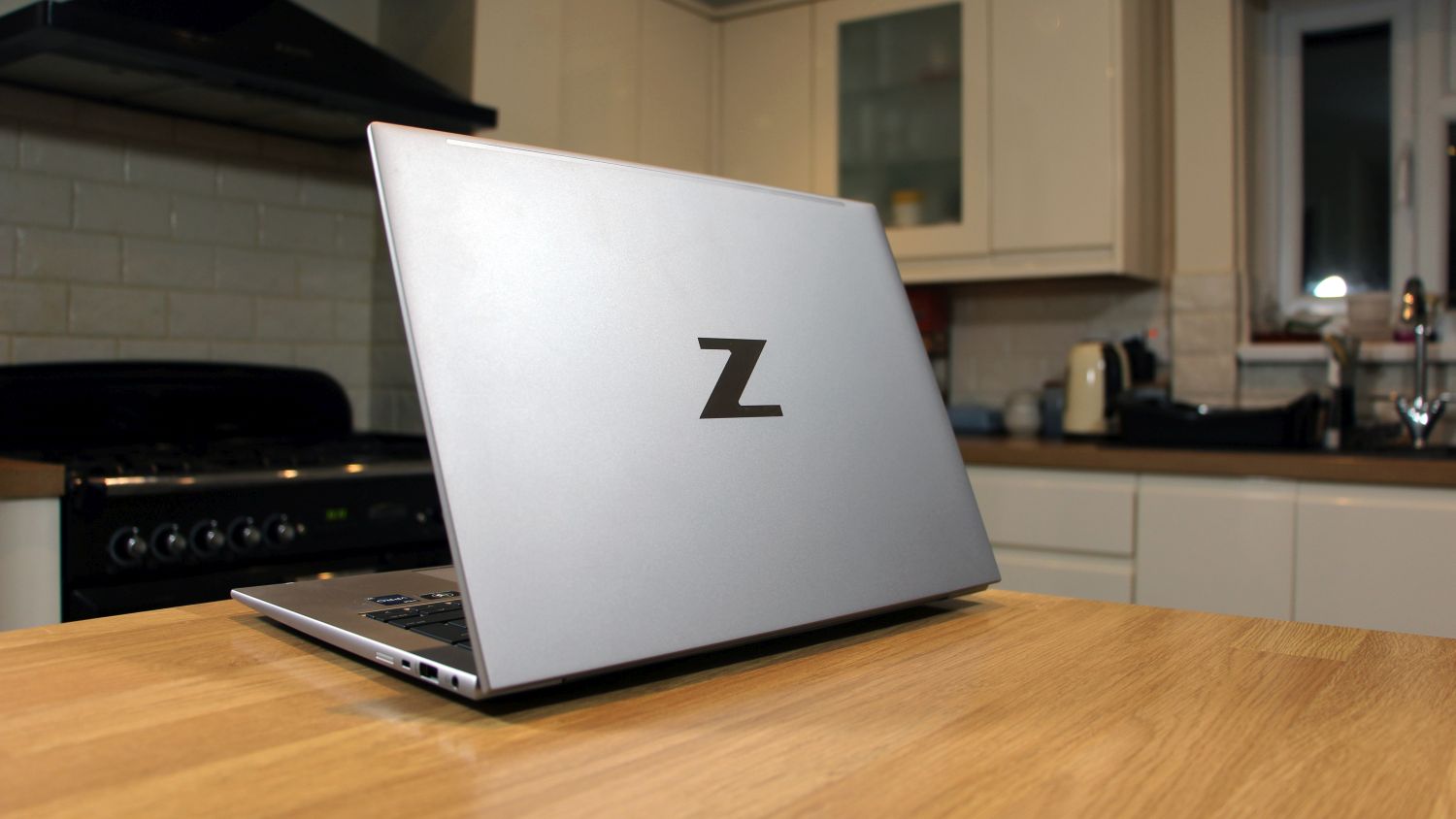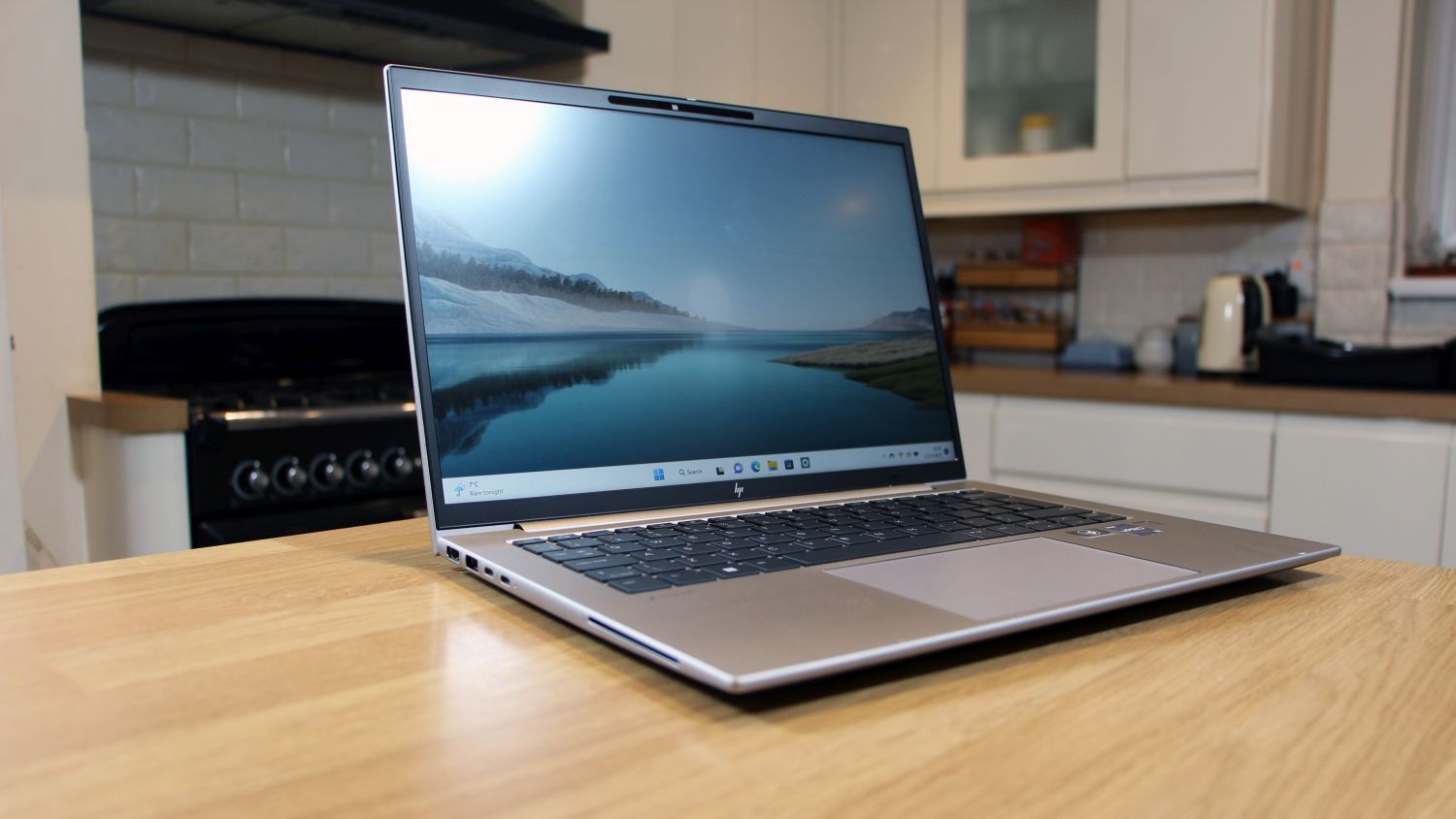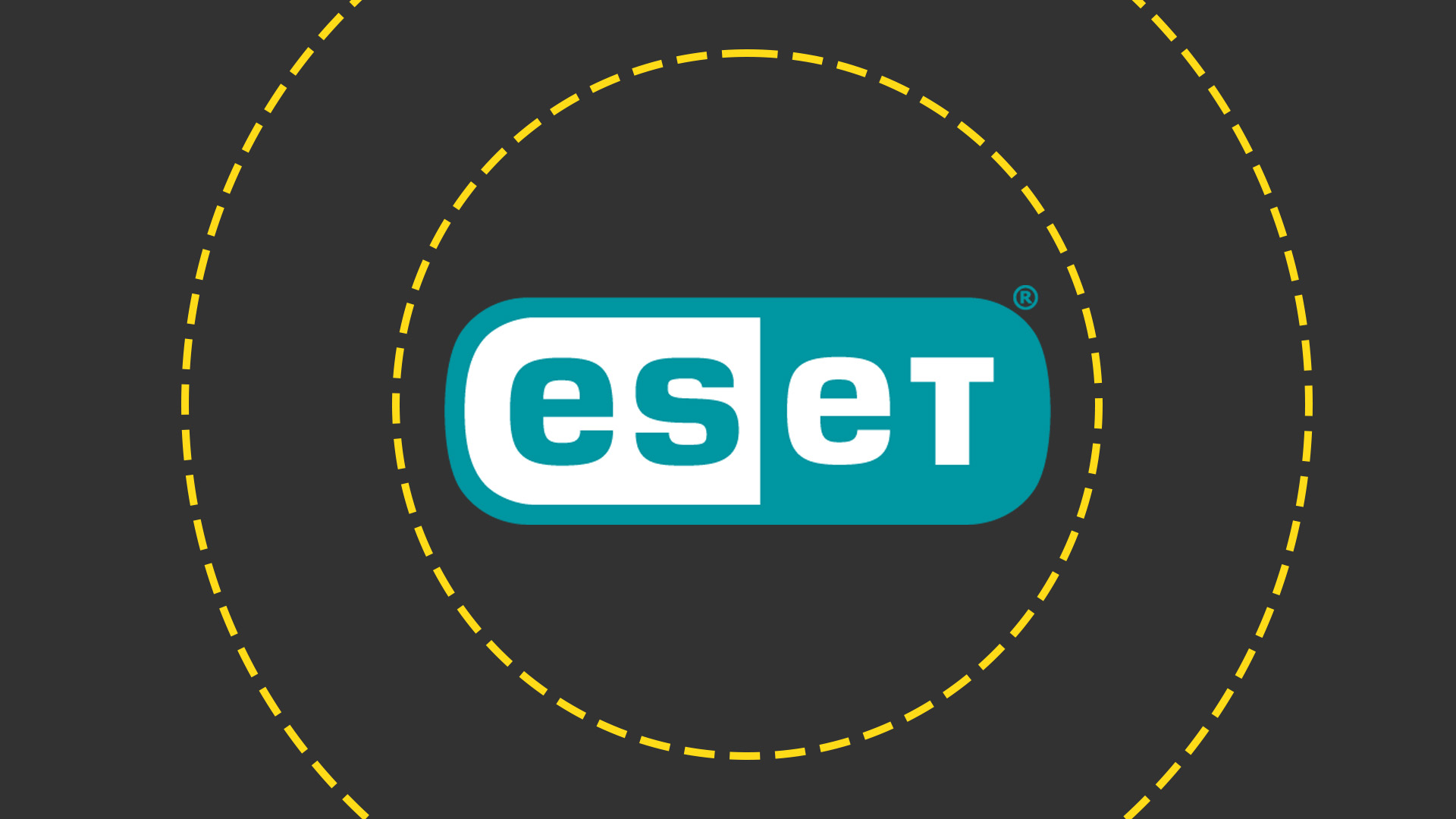HP Zbook Firefly G9 14 review: Feature-packed and long-lasting
A robust machine with good features and a great keyboard, but its processor and panel both disappoint

-
+
Great keyboard
-
+
Impressive battery life
-
+
Robust chassis
-
-
Mediocre processor
-
-
Disappointing screen
-
-
Expensive

If you think about mobile workstations then it's easy to default to heavyweight laptops that strain your back on the commute, but the HP ZBook Firefly G9 14 is not a conventional notebook.
Instead, HP has tried to deliver workstation power inside a stylish, 14in chassis – including a discrete Nvidia graphics core. That's a great start, and the Firefly also promises practical business features and lengthy battery life for a reasonable £1,249 exc VAT price.
The Firefly will have to live up to these promises if it's going to impress alongside superb competitors. The Dell XPS 13 Plus is a stylish alternative, and the MSI Prestige 14 takes aim with impressive components and an aggressive price.
HP Zbook Firefly G9 14 review: Design
HP's laptop doesn't look like a workstation. The silver aluminium chassis has a pleasing matte finish, the screen has slim bezels, and the edges feature smart, subtle curves. It easily beats the MSI on the design front, although the Dell looks better than both.
The Firefly's build quality is exceptional, too. On a small, slim laptop we expect a certain amount of panel movement, but there's hardly any here – the entire base unit is rock-solid and the screen barely budges.

That's impressive and means we have no qualms about tossing the Firefly in a bag. Unsurprisingly, MIL-STD-810G tests also bolster the HP's durability and mean it'll withstand drops, impacts, temperature fluctuations and substance ingress.
The HP's biggest design flaw is its size. While the 14in display and 316mm width are both fine, the Firefly is 20mm thick and weighs 1.47kg. Those figures are not bad, but both rivals are a couple of hundred grams lighter and half a centimetre slimmer.
HP Zbook Firefly G9 14 review: Keyboard and trackpad
Despite that, HP's impressive build quality translates to a firm and satisfying keyboard. The buttons pair ample travel with a comfortable, crisp typing action, so it's the ideal partner for all-day writing. The keyboard is quiet, and it's got a three-stage backlight. The trackpad is great, too – large and responsive.
There are compromises too, but most are inevitable on a smaller laptop. There's no numberpad, and the cursor keys are tiny. The function row buttons are small, and the power key is awkwardly placed between the End and Delete keys. But the Firefly is not alone here – the MSI suffered similarly. And when you learn the layout, those minor issues will fade into the background.
The only rival that offers something different is the Dell. That laptop has shallow keys, but its haptic function row delivers more versatility than traditional buttons – and the entire area below the keyboard is haptic, too, which means Dell ditches a traditional trackpad.
HP Zbook Firefly G9 14 review: Display
The Firefly's 14in display uses a 16:10 aspect ratio – which means you get a bit more vertical space when compared to conventional 16:9 panels. That makes working easier, especially in browsers and Office apps, and in this regard the HP matches the Dell and outpaces the outdated MSI.

The taller aspect ratio means the HP's conventional 1080p resolution extends to 1920 x 1200, but this panel is underwhelming elsewhere. The panel's brightness level of 273d/m2 is only high enough for indoor use, and the colours aren't particularly good – the delta E of 5.65 is average and the panel only rendered 55.4% of the sRGB colour gamut. It's worse with the Adobe and DCI-P3 colour spaces.
The screen's contrast ratio of 1,390:1 might be good, but that's the only area where the HP's display impresses. The lack of colour breadth and quality leaves the screen looking pallid. It's fine for working in applications that don't need accurate colours, but the Dell and MSI panels are far better.
If you're in the UK you can spend £1,469 exc VAT on a rig with a 2560 x 1600 display with a 500-nit brightness level and 100% DCI-P3 coverage – that's a far better option. In the US, you can also get a 400-nit version of this 1920 x 1200 display if you want to use it outdoors.
HP Zbook Firefly G9 14 review: Hardware and performance
Intel's 12th Gen Core i7-1265U takes centre stage in the ZBook, and this low-power CPU includes two Hyper-Threaded performance cores that peak at 4.8GHz alongside eight efficiency cores and a power envelope that ranges between 15W and 55W.
It's worth comparing this CPU with the chips found elsewhere. The Core i5-1240P that you'll find in the Dell and MSI rigs is a mid-range Intel CPU, but it has twice as many performance cores as the U-series chip in the ZBook and a higher power envelope.
HP pairs the CPU with an Nvidia T550 laptop GPU, which is a low-end professional graphics core with 4GB of memory. The rig's 16GB of DDR5 memory is installed in a dual-channel arrangement, and the 512GB SSD delivers middling read and write speeds of 3,571MB/sec and 2,917MB/sec.
The components are fine, but struggle to compete against beefier hardware. In our in-house benchmark the HP's result of 237 is decent, but the MSI scored 247 and the Dell scored 303. That's no surprise considering the U-Series Core i7 CPU, and the performance gulf is maintained in other benchmarks. In Geekbench's single and multi-core tests the HP scored 1,594 and 7,443, but the Core i5 chip in the MSI scored 1,476 and 9,167 in the same tests.
On the graphics side, Nvidia's T550 core includes ISV certification and outpaces integrated graphics, but it can't compete with the MSI's GeForce RTX 3050. In the SPECviewperf 3DsMax benchmark the HP ran at 30.84fps, but the MSI was twelve frames quicker. In Geekbench's OpenGL test the HP hit 36,433, but the MSI soared beyond 51,000 points.

These are not disastrous results. The HP's Core i7 CPU will handle everyday multi-tasking and light photo and video editing, and it'll never baulk at loads of browser tabs. Including a discrete GPU gives you more content creation power than any machine with Intel's integrated graphics. But this laptop offers everyday speed rather than real workstation ability, and its rivals are quicker.
Only some buyers can solve this problem, too. In the US you can swap the U-series CPU for Core i5 and Core i5 P-series CPUs as long as you're comfortable with spending more, and you can also drop the Nvidia graphics if you don't need extra GPU oomph. Sadly, UK buyers don't get that option – head to the HP website and you only get two Firefly G9 14 specs, both of which use a Core i7 U-series CPU.
The internals may underwhelm, but they do contribute to decent thermal performance. Stress the hardware and you'll hear fan noise, but the levels are consistent and quiet and the exterior remains reasonably cool.
The low-power CPU also contributes to impressive battery life. Our default benchmark plays a video in aeroplane mode with the screen at 170cd/m2, and the ZBook lasted for 15hrs 37mins – far beyond either rival. In a tougher work test the HP handled ten hours of longevity. In most scenarios you'll easily get a whole day out of this machine, which isn't something that can be said of the Dell or MSI notebooks.
HP Zbook Firefly G9 14 review: Ports and features
The HP does better when it comes to connectivity. The ZBook has two Thunderbolt 4 ports and two USB 3.2 Gen 1 sockets, and the rig serves up an HDMI 2.0b output, audio connector and Kensington lock slot. On the inside, there's dual-band Wi-Fi 6E and Bluetooth 5.2. There's also a SIM slot for optional 5G, and security from TPM 2.0. It's even got a Smart Card slot.
Neither rival can compete. The Dell XPS 13 Plus doesn't have full-size USB ports or an HDMI output, and the MSI includes a microSD slot but only one full-size USB port.
The HP's 5mp webcam delivers crisp quality, AI-powered noise reduction, and Windows Hello sign-in. There's also a fingerprint reader so users get the full gamut of biometric login options.
There's not much missing. Understandably, there's no room for wired internet, but a card reader would have been welcome. Don't expect good audio, either: the speakers are tinny, underwhelming, and barely suitable for background music.
HP Zbook Firefly G9 14 review: Verdict
HP's latest laptop does lots of things right. It's got more physical connectivity than any rival, its battery lasts all day, and it has an exceptional keyboard inside a sturdy, good-looking chassis.
It doesn't deliver workstation performance, though, and it's thicker and lighter than rivals. The screen is poor. The price isn't convincing: the Dell might not have the connectivity and battery life of the HP, but it costs £1,008 exc VAT if you spec it up with a Core i5-1240P and 16GB of memory. The MSI Prestige 14 falls behind in connectivity and longevity, but it costs just £707 exc VAT.
There's no doubt that the ZBook justifies its price if you want great battery life, superb build quality, a fantastic keyboard and loads of ports. But it's not the fastest, slimmest or lightest, and you should look elsewhere if you want a good screen.
HP Zbook Firefly G9 14 Specifications
| Processor | 1.8GHz Intel Core i7-1265U |
| RAM | 16GB DDR5 |
| Graphics | Nvidia T550 |
| Storage | 512GB SSD |
| Display | 14in 1,920 x 1,200 IPS |
| Operating system | Windows 11 Home 64-bit |
| Connectivity | Dual-band 802.11ax WiFi 6E, Bluetooth 5.2 |
| Ports | 2 x Thunderbolt 4, 2 x USB 3.2 Gen 1, 1 x audio, 1 x HDMI 2.0b, 1 x Smart Card, 1 x SIM |
| Dimensions | 356 x 241 x 16mm (WxDxH) |
| Weight | 1.47kg |
| Warranty | 1yr RTB |
Get the ITPro daily newsletter
Sign up today and you will receive a free copy of our Future Focus 2025 report - the leading guidance on AI, cybersecurity and other IT challenges as per 700+ senior executives
Mike Jennings has worked as a technology journalist for more than a decade and has been fascinated by computers since childhood, when he spent far too long building terrible websites. He loves desktop PCs, components, laptops and anything to do with the latest hardware.
Mike worked as a staff writer at PC Pro magazine in London for seven years, and during that time wrote for a variety of other tech titles, including Custom PC, Micro Mart and Computer Shopper. Since 2013, he’s been a freelance tech writer, and writes regularly for titles like Wired, TechRadar, Stuff, TechSpot, IT Pro, TrustedReviews and TechAdvisor. He still loves tech and covers everything from the latest business hardware and software to high-end gaming gear, and you’ll find him on plenty of sites writing reviews, features and guides on a vast range of topics.
You can email Mike at mike@mike-jennings.net, or find him on Twitter at @mikejjennings
-
 LockBit ransomware group falls victim to hackers itself
LockBit ransomware group falls victim to hackers itselfNews A data leak has revealed negotiations with victims, along with Bitcoin wallet addresses, affiliate accounts and details of attacks
By Emma Woollacott Published
-
 AI-powered banking fraud on the rise – but financial institutions are fighting back
AI-powered banking fraud on the rise – but financial institutions are fighting backNews Banks are increasingly using AI to combat scams, but say that the need for good data management can make progress slow
By Emma Woollacott Published
-
 ESET targets partner profitability with new MDR bundle
ESET targets partner profitability with new MDR bundleNews The security firm's managed detection and response services and products are now available as part of a single SKU to enhance the partner sales process
By Daniel Todd Published